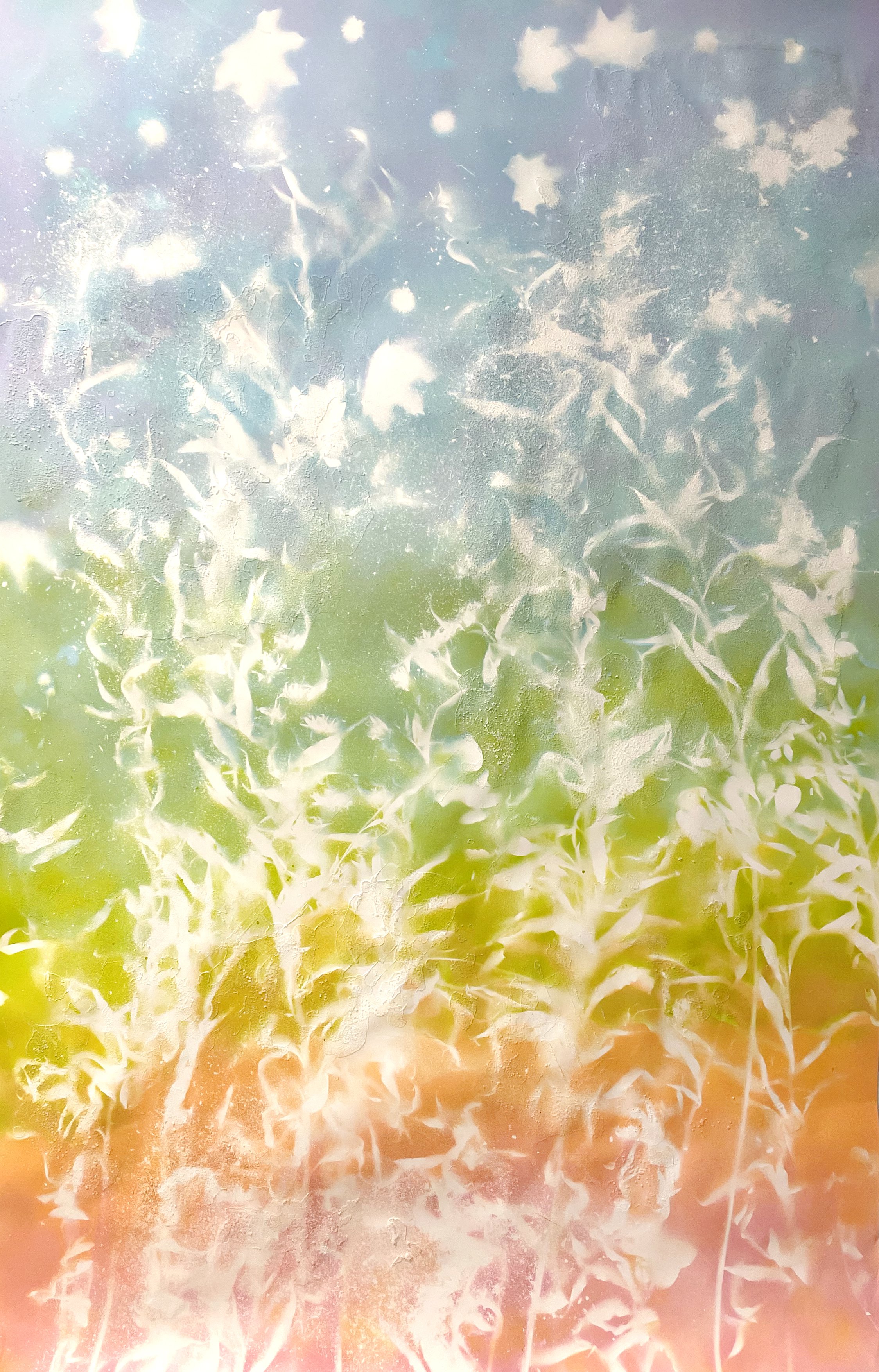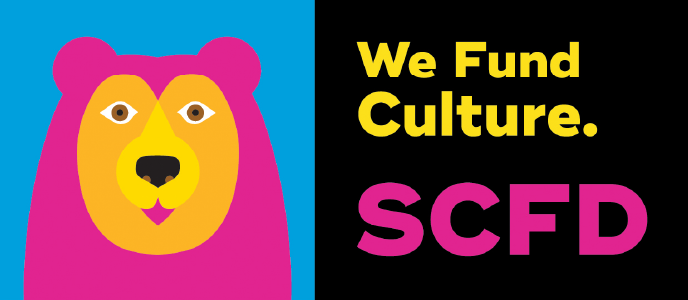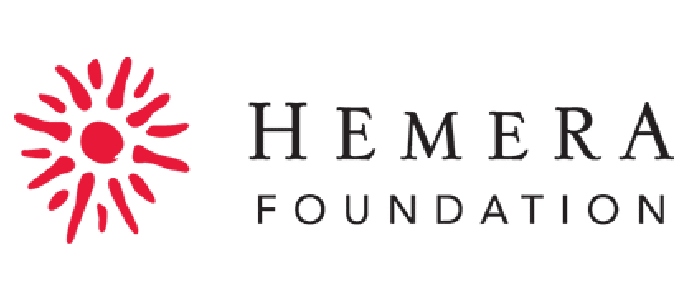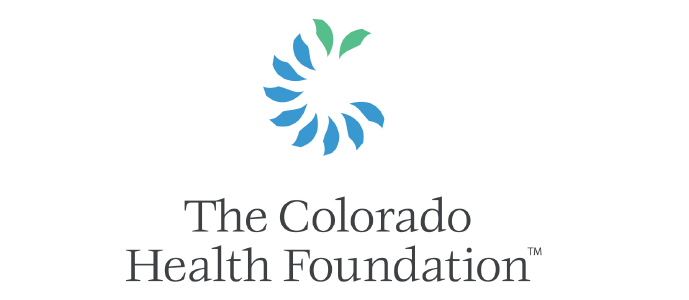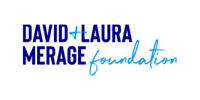Gravitropic: 2023 Annual Resident Artist Exhibition
On view January 27-March 1, 2023. Featuring 2022-2024 Resident Artists and 2020-2022 Resident Artist Alumni. Curated by Christina Linden.
Free for members, $5 suggested donation for non-members.
About Gravitropic
Curatorial statement by Christina Linden
Animals—including human beings—are often characterized as being distinct from plants by means of our mobility. We aren't bound to one spot on the Earth. Why, then, do we speak so often about being rooted or wanting to be rooted; about exploring our roots or breaking away from them?
Plant life offers a powerful metaphor: growth and movement, or tropism, actively respond to stimuli—not despite rootedness, but because of and through it.
Gravitropism refers to plants’ responses to gravity: putting roots down into the earth and reaching branches and leaves up and away. These seemingly opposite movements are both responses to the same force.
Each year, RedLine hosts an annual exhibition that unites two cohorts of Resident Artists around a common theme. Taking the idea of gravitropic response as a central theme of the 2023 Resident Artist exhibition, the artists present work that variously reach and pull.
Visitors to the exhibition will experience works that explore the relationship between gravity and mobility; memory and land; artifice and nature; inhabitation and belonging. Included works explore the plant as metaphor and material, and deal with the notion of putting down roots or being rooted, with rootwork, tracing and repairing roots, and with rooted errantry.
This year’s exhibition will feature work by 26 artists. Half of the participating artists concluded their residencies in October, and the other half began in November.
Some of the works included represent plants as a means of understanding the universe. Consider the depictions of sunflower auras in Christine Nguyen’s work, which suggest a relationship between plants and stars and, by extension, between the microcosmic earth and macrocosmic celestial space.
Other artists use plants as literal material or as form in their work; bindweed roots, for example, are the primary component of an installation Lauri Lynnxe Murphy created for the exhibition. Natural tumbleweeds gather on an artificial fence constructed by Agnes Ma. Ben Coleman presents a sound piece in a small forest based on the ubiquitous form of fake trees that conceal cell phone towers.
Other works deal more directly with seeking out ancestral roots. A painting by Jazz Holmes depicts unnamed ancestors among hibiscus prepared and consumed as Jamaican sorrel punch; tracing joy through ancestral foods has presented a means of connecting with forebears where genealogical records are not available.
JayCee Bayale’s large-scale painted installation includes both stylized and naturalistic representations of plants, animals, and other icons arranged according to the cardinal directions to tell a story about how Diné (Navajo) people relate to their surroundings.
In works that ask about the relationship between memory and land; artifice and nature; inhabitation and belonging; gravity and mobility; the remaining artists—in works too numerous to describe individually here—present a constellation of works that have emerged from the supportive environment of the RedLine Resident Artist studios.
Exhibiting Artists
Exhibiting artists include Vinni Alfonso, Yazz Atmore, JayCee Beyale, Scottie Burgess, Taiko Chandler, Ben Coleman, Laura Conway, Victor Escobedo, Sam Grabowska, Ana Maria Hernando, Ron Hicks, Jazz Holmes, Chelsea Kaiah James, Rochelle Johnson, Shieka Leslie-Eke, Agnes Ma, Max Maddox, Cherish Marquez, Jenna Maurice, Ray Munoz, Lauri Lynnxe Murphy, Christine Nguyen, Adri Norris, Sarah Darlene, LA Samuelson, and Autumn T. Thomas.
Meet the 12 Current Resident artists exhibiting their work in Gravitropic.
Meet the 14 Resident Artist Alumni exhibiting their work in Gravitropic.
About Christina Linden
Christina Linden’s professional practice spans the fields of museum work, public engagement, and higher education. Throughout, she strives to support social relevancy and create platforms and access for underrepresented voices and audiences. She is the Director of Academic and Public Programs at the Cantor Arts Center at Stanford University.
Support for Gravitropic
This exhibition is generously supported by the David & Laura Merage Foundation, the Scientific & Cultural Facilities District, Meow Wolf, Denver Arts & Venues, and RedLine’s Resident Society Members.



